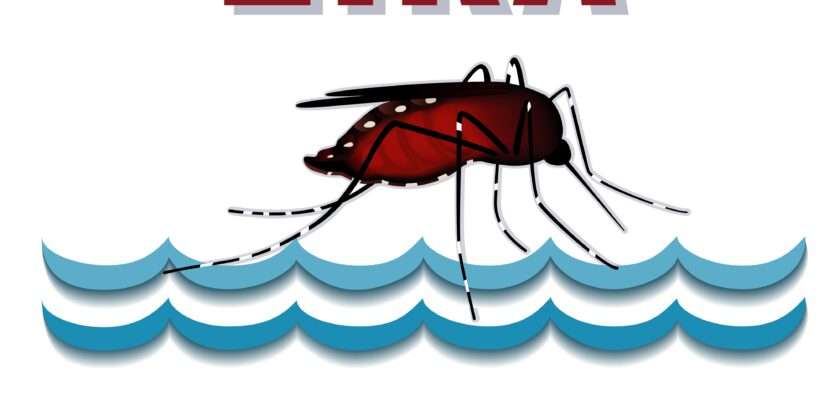The Centers for Disease Control and Prevention (CDC) states that Alaska remains the only state with no laboratory-confirmed Zika virus disease cases reported to ArboNET by state or territory1 (as of December 7, 2016). There has been a significant increase in the number of Zika Virus cases since Jay Harold first talked about Zika on Feb. 2, 2016. The post, “Zika Virus: 8 Facts & Prevention,” warned you that Zika Virus would become a significant health hazard. This Zika Virus Update is the fifth post talking about Zika Virus this year. Go to the search function (magnifying glass symbol) and type “Zika Virus” to find the other posts.
How Zika spreads
Zika can be transmitted through
- Mosquito bites
- From a pregnant woman to her fetus
- Sex
- Blood transfusion (very likely but not confirmed)L
Zika Symptoms

Many people infected with Zika virus won’t have symptoms or will only have mild symptoms. The most common symptoms of Zika are
- Fever
- Rash
- Joint pain
- Conjunctivitis (pinkeye3 )
Other symptoms include:
- Muscle pain
- Headache
Symptoms can last for several days to a week. People usually don’t get sick enough to go to the hospital, and they very rarely die of Zika. Once a person has been infected with Zika, they are likely to be protected from future infections.
Why Zika is Risky for some People
Zika infection during pregnancy can cause a birth defect of the brain called microcephaly4 and other severe fetal brain defects. Other problems have been detected among fetuses and infants infected with Zika virus before birth, such as defects of the eye, hearing deficits, and impaired growth. There have also been increased reports of Guillain-Barré syndrome5 , an uncommon sickness of the nervous system, in areas affected by Zika.
The Zika Virus Numbers As of December 7, 2016 (CDC)
- Zika virus disease and Zika virus congenital infection are nationally notifiable conditions.
- This update from the CDC Arboviral Disease Branch includes provisional data reported to ArboNET for January 01, 2015 – December 7, 2016.
US States
- Locally acquired mosquito-borne cases reported: 185 on December 7, 2016 compared to 0 cases reported on May 4, 2016. There were 43 locally acquired cases as of September 21.
- Travel-associated cases reported: 4,389 compared to 472 cases reported on May 4, 2016. There were 3,358 travel-associated cases of Zika virus on Sept. 21.
- Laboratory acquired cases reported: 1 compared to zero cases on May 4, 2016
- Total: 4,575 cases compared to 472 cases reported on May 4, 2016
- Sexually transmitted: 38 cases as of December 7, 2016

There were 1,172 cases of possible Zika Virus in Pregnant Women as of Dec. 7, 2016.
- Guillain-Barré syndrome: 13 cases as of December 7, 2016
- Sexually transmitted: 38 cases as of December 7, 2016
US Territories
- Locally acquired cases reported: 33,712 on Dec. 7, 2016, compared to 658 locally acquired cases reported on May 4, 2016
- Travel-associated cases reported: 126 compared to 3 travel-associated cases reported on May 4, 2016
- Total: 33,838 compared to a total of 661 on May 4, 2016. There were 19,777 cases of Zika Virus from 2015 to September 21, 2016.
- Guillain-Barré syndrome: 50 as of December 7, 2016.
Sexually transmitted cases are not reported for US territories because with local transmission of Zika virus it is not possible to determine whether infection occurred due to mosquito-borne or sexual transmission.
Pregnant Women with Possible Zika Virus Infection (Nov. 30, 2016)
The United States and the District of Columbia had 1,172 cases reported to the US Zika Pregnancy Registry. The United States Territories had 2,639 cases reported to the US Zika Pregnancy Registry.
Jay Harold will continue to monitor the Zika Virus outbreak and provide you with timely, relevant information.
Click this link to get free Health and Wealth information to improve your life. Enjoyed this post? Share it and read more here. Questions? “Ask the Pharmacist a Question!” Jay Harold is always looking out for your health and wealth.
Bibliography
- https://www.cdc.gov/zika/geo/united-states.html
- https://vsearch.nlm.nih.gov/vivisimo/cgi-bin/query-meta?v%3Aproject=medlineplus&v%3Asources=medlineplus-bundle&query=zika+virus
- https://medlineplus.gov/pinkeye.html
- https://www.cdc.gov/ncbddd/birthdefects/microcephaly.html
- https://www.cdc.gov/zika/healtheffects/gbs-qa.html





Related Articles
Here’s an Update and a Brief Overview of Zika Virus: